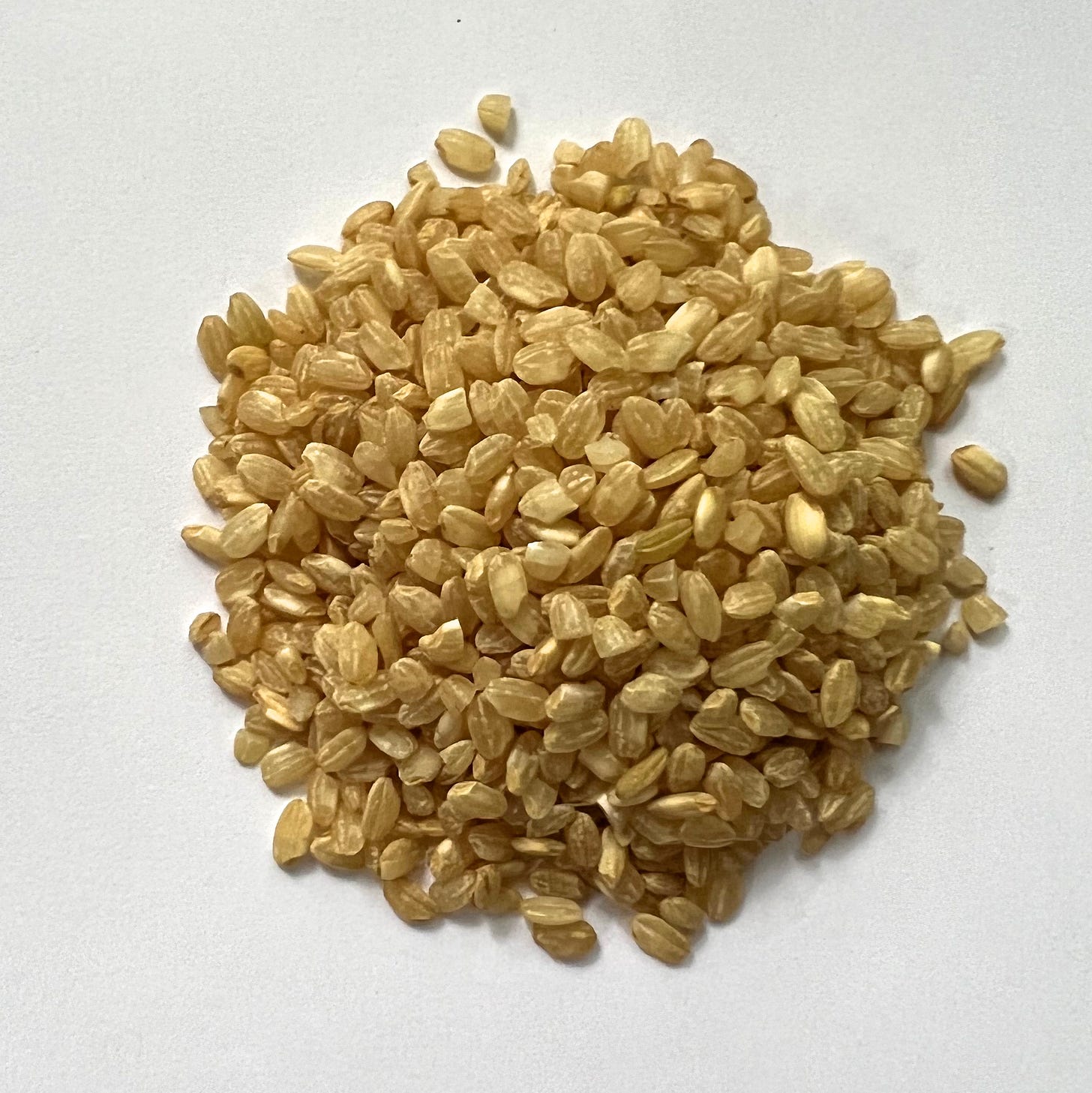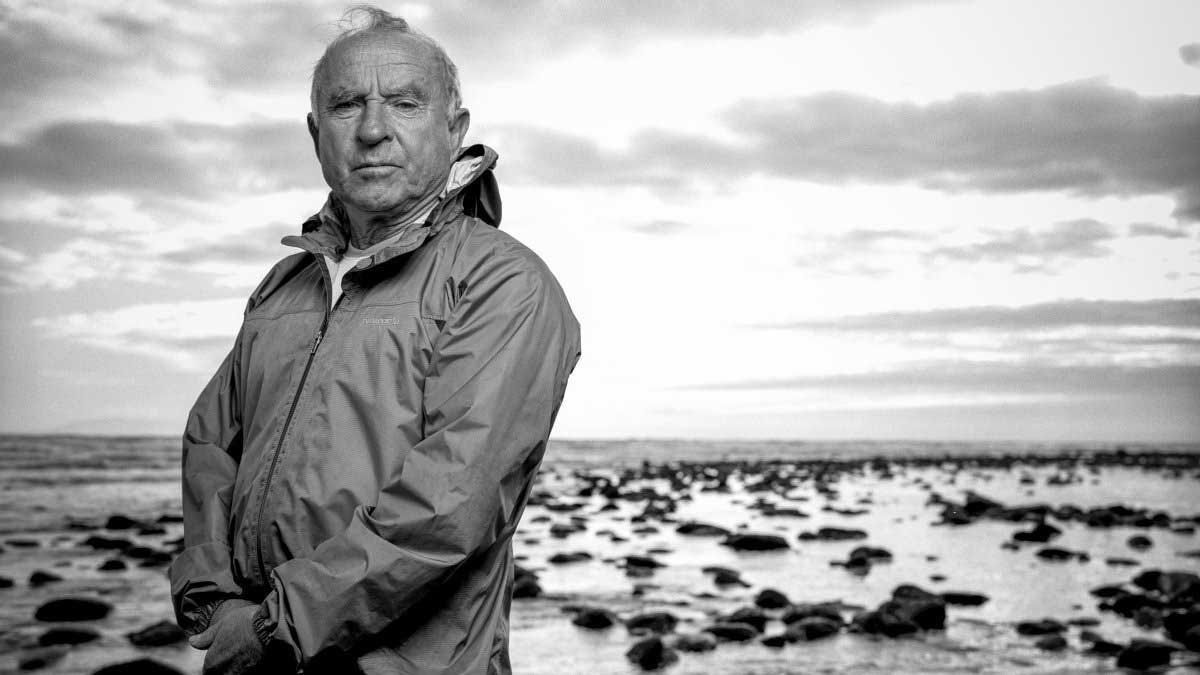Newsletter #18
Whenever we touch nature we get clean. People who have gotten dirty through too much civilization, take a walk through the woods, or a bath in the sea, and things are put right again ~ Carl Jung
Hello Friends!
Welcome to my latest love letter to nature. Do you take walks outdoors and feel cleansed after? Or swim in the sea, and feel rejuvenated? I know I do and I hope that you do as well. This introduction is brief because my newsletter is too long apparently! Hope you enjoy it!
#1- Fibershed
-transforming economic systems-
Years ago, when I was living in Los Angeles, I went to a Fibershed event in Hollywood. I was interested in learning about natural fibers since I knew very little about them. It was a beautiful event and installation, and kindled my ongoing interest in incorporating natural materials in my own life, whether in clothing, or what I use when caring for my home- wool dryer balls in the dryer, loofah scrubbing sponge for dishes or a bamboo broom.
Fibershed is a non-profit organization that develops regional fiber systems that build ecosystem and community health. Their work expands opportunities to implement climate benefitting agriculture, rebuild regional manufacturing, and connect end-users to the source of fiber through education. They transform economic systems behind the production of material culture, to mitigate climate change, improve health, and contribute to racial and economic equity.
They envision a textile system that embraces the values of decolonized and equitable soil-to-skin processes. They are helping strengthen an international system of diverse textile communities that directly enhance regional economies for the purpose of generating permanent and lasting systems of localized fiber production. These regional land regenerating production systems will diminish pressure on the ecologically undermined areas of the world.
An example of their work, the Firehouse Collective Fibershed collaborates with regional invasive plants from Kudzu to Japanese Knotweed. This Fibershed Affiliate wants to rewrite the narrative and reframe these collaborators as partners, rather than nemeses.
Over the past two years, members of the Firehouse Collective Fibershed have been spinning, naturally dyeing, weaving, and making paper with the leaves and vines of the tangled web of Kudzu.
Fibershed is involved in so many incredible projects! The Kudzu vine project is one of many. Visit their website and instagram page and learn more about them and how you can support their work here
#2- Eating a Diet that Puts Less Stress on the Environment
You may be surprised to know that the choices you make every day in the supermarket do matter. Farming, shipping, and processing all the food we eat, is responsible for one-third of all global emissions.
Eat more pulses!
Pulses are environmentally friendly, healthy, and cheap, and you can buy them at most local grocery stores. Beans, chickpeas, lentils, and peas make up the pulse family and are vital to many diets.
“Pulses are the most sustainable protein source on the planet,” said Sharon Palmer, a registered dietitian nutritionist, author, and expert in sustainable food systems. “That’s where we should be getting most of our protein.”
One report from the Natural Resources Defense Council showed that growing pulses was 34 times less damaging to the climate than producing the same amount of beef, by weight. Pulses need less water than many foods, don’t require fertilizer, and actually improve the soil they’re grown in, rather than extracting nutrients from it. Plus, they contain high amounts of fiber and are considered one of the healthiest foods you can eat.
Eat whole grains
Not all grains are created equally or sustainably. But whole grains require less water, are easy to transport, and have a longer shelf life than most other foods we eat. They also absorb more carbon dioxide from the atmosphere than some other plants, making them an environmental win at the store.
In the bread aisle, go for brown rice, quinoa, whole wheat bread or pasta, oats, naans, pitas, or wraps. They will have less of an environmental effect and are often better for your health than cereal, white bread, white rice, chips, or crackers.
Plus, eating more grains will support a more balanced food system. Right now, one-third of global croplands are used to feed livestock instead of going directly to humans. Of all the food grown to feed livestock, less than one-fifth of it makes it to our grocery shelves as meat, eggs, or dairy.
This is not sustainable, and it’s not even maintainable.
Eat root vegetables
Buying vegetables of any kind, especially if you’re choosing them over an animal product, is a step in the right direction, according to Palmer.
“The more plant-based the diet, the lower the environmental footprint,” she said.
But focusing on root vegetables and produce that need less water and space to grow will also help lower your personal footprint even more.
For example, meals with potatoes, sweet potatoes, carrots, beets, leeks, and onions are good choices because these vegetables need less energy to cultivate. They can also be stored for a long time, which helps reduce problematic food waste. Other nonroot vegetables to consider are broccoli, cabbage, cauliflower, celery, squash, bok choy, and cucumbers.
When it comes to fruit, apples, bananas, berries, citrus, and grapes are some of the more sustainable foods to grow and enjoy.
Eat more seeds and nuts
Though nuts are typically touted as a great source of protein, it does take a lot of water to grow them. If that’s a concern for you, you can opt for more eco-friendly choices, like sunflower seeds, the next time your grocery shopping.
However, Palmer says that as long as you’re not eating nuts in bulk or wasting them, their environmental impact can be minimal.
“Nuts have a very small portion size and they’re very dense,” Palmer said. “Eating 1 to 2 ounces of nuts per day is still going to have a lower water footprint than the average diet.”
Though it depends on the brand and where the nuts are grown, you can choose to gravitate toward nuts that require less water. One almond can take more than 3 gallons to grow (!), so keep that in mind when eating almonds and other water-intensive foods, like walnuts. Nuts that require less water to grow are pistachios, pecans, cashews, chestnuts, peanuts (which are technically legumes), and hazelnuts.
Regardless of the water use of a particular nut, they are overall still a much more sustainable protein than meat.
Anything makes a difference. And the more people that get involved and make the step, the better off we will all be.
#3- Yvon Chouinard
-In case you missed this story-
What do you think about the founder of Patagonia, Yvon Chouinard, giving up the ownership of the company he founded 49 years ago, and having its profits used to fight climate change?
The specially designed trust will ensure that the company’s profits are used to combat climate change and protect undeveloped land around the globe.
The unusual move comes at a moment of growing scrutiny for billionaires and corporations, whose rhetoric about making the world a better place is often overshadowed by their contributions to the very problems they claim to want to solve.
Mr. Chouinard’s relinquishment of the family fortune is in keeping with his longstanding disregard for business norms, and his lifelong love for the environment.
Wishing that Patagonia invested in (and committed to using) natural materials for their apparel, rather than using recycled plastic, which was shown to shed microfibers that pollute and endanger our waterways.
Source: NY Times
#4- The Real Organic Project
-a trusted resource looking out for our health-
Why have farmers across the country come together to build the Real Organic Project?
Industrial powers are changing the definition of USDA organic. Real organic farmers are struggling to compete in a dishonest marketplace. Eaters are deceived as to what they are getting at grocery stores. Real organic choices are disappearing from the shelves.
The Real Organic project was started by farmers to protect the meaning of organic. We grow our food in the soil, not hydroponically. We raise livestock on pasture, not in confinement. In this time of concern about the erosion of integrity in the USDA, Real Organic remains exactly what organic was always intended to be.
Their mission is to grow people’s understanding of foundational organic values and practices; crops grown in soil and livestock raised on pasture are fundamental to organic farming.
Their first goal is to create an add-on label to USDA certified organic to provide more transparency on organic farming practices. The Real Organic Project seal will allow farmers and eaters to connect in the stores.
What does the USDA mean today?
Fertile soil has always been the foundation of organic farming. In 1995, organic was defined by the National Organic Standards Board, the USDA's expert advisory panel, as “an ecological production management system that promotes and enhances biodiversity, biological cycles, and soil biological activity. It is based on minimal use of off-farm inputs and on management practices that restore, maintain, and enhance ecological harmony.”
But in recent years, the USDA has changed their definition by allowing large-scale certification of vegetables and berries grown hydroponically without any soil at all. They have allowed industrial confinement operations, that provide animals zero access to soil, to become certified organic.
Find out more about the Real Organic Project here
#5- Tom Szaky
-gamechanger-
I met Tom Szaky back in about 2008 at a Green Festival event in San Francisco, where I was doing research on launching my first eco friendly online general store. He spoke at the conference about TerraCycle, which he had founded in 2001 when he was a student at Princeton University. I learned about the “liquid gold” produced by worms, which he packaged and sold as a natural fertilizer! Absolutely brilliant!
TerraCycle is an innovative social enterprise whose mission is to eliminate the idea of waste, by turning non-recyclable pre-consumer and post-consumer waste into raw material to be used in new products. Operating across 2 countries, TerraCycle collects and recycles hard-to-recycle trash through national recycling platforms (for hundreds of waste streams ranging from cigarette butts to dirty diapers). TerraCycle also helps manufacturers integrate unique recycled content into their packages. It has created approximately 200 products, such as tablets from returned U.S. postal service bags and other plastic packaging waste that is not upcycled and is recycled into raw material that can be used in plastic products, like bike racks, garbage and recycling cans.
Find a drop off location near you
In 2019, Szaky launched LOOP, a global system that ships food, household cleaning and personal care products in a reusable container to physical retail stores. After use, the containers are returned to the LOOP, cleaned, refilled and reused. The aim is to make reuse as convenient and accessible as single use, all the while, reducing waste.
I recommend you watching his informative interview here:
#6- Movie: Into the Okavango
Follow the story of the Okavango Wilderness Project, produced by National Geographic Documentary Films.
The Okavango River Basin provides a vital source of water to about 1 million people, the world’s largest population of African elephants and significant populations of lions, cheetahs and hundreds of species of birds. However, this once unspoiled oasis is now under siege due to increasing pressure from human activity. From National Geographic Documentary Films, Into the Okavango chronicles a team of modern-day explorers on their first epic four-month, 1,500-mile expedition across three countries to save the river system that feeds the Okavango Delta, one of our planet’s last wetland wildernesses.
Into the Okavango is now streaming on Disney+ and is available for purchase on Amazon, Apple/iTunes, GooglePlay, and Vudu.
Trailer:
That’s it for this issue. Hope you learned something wonderful!
See you in two weeks for Issue #19
Stay well in all ways,
Priscilla














